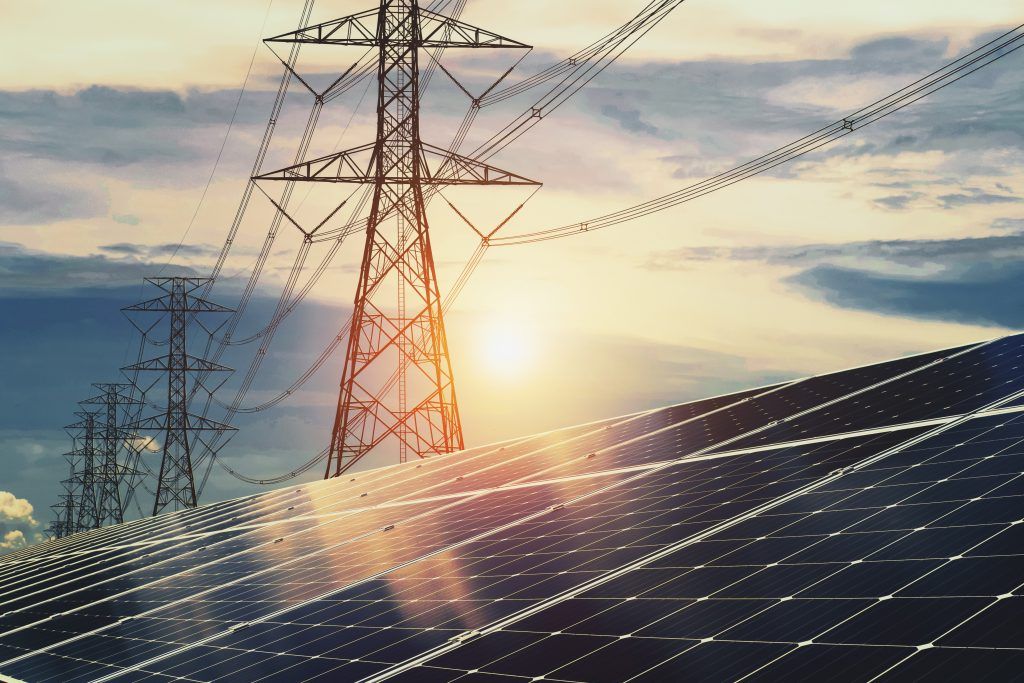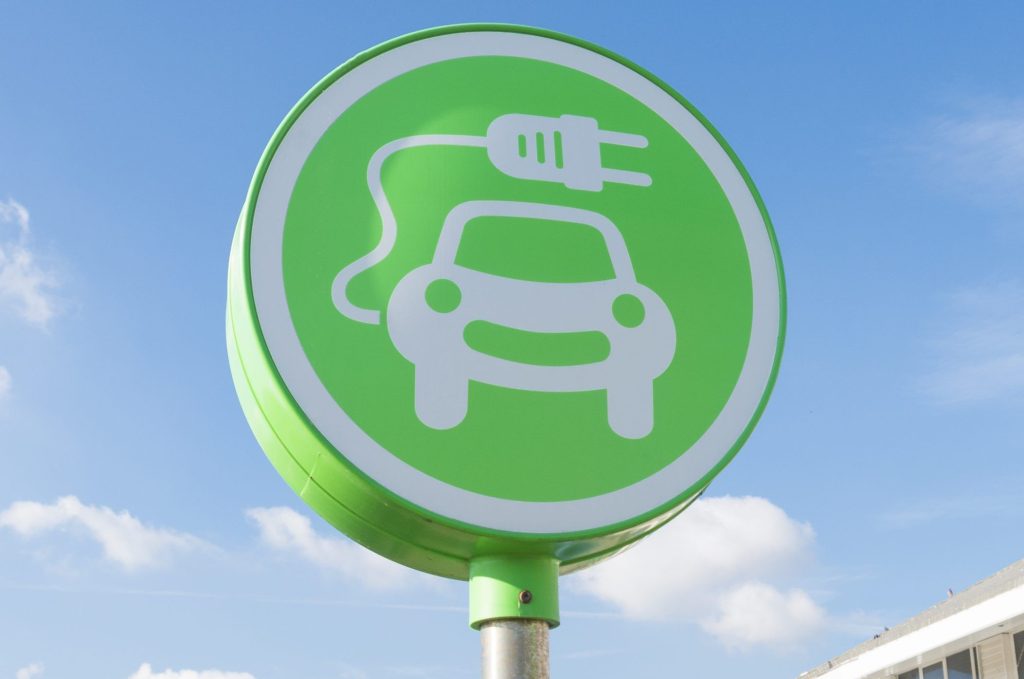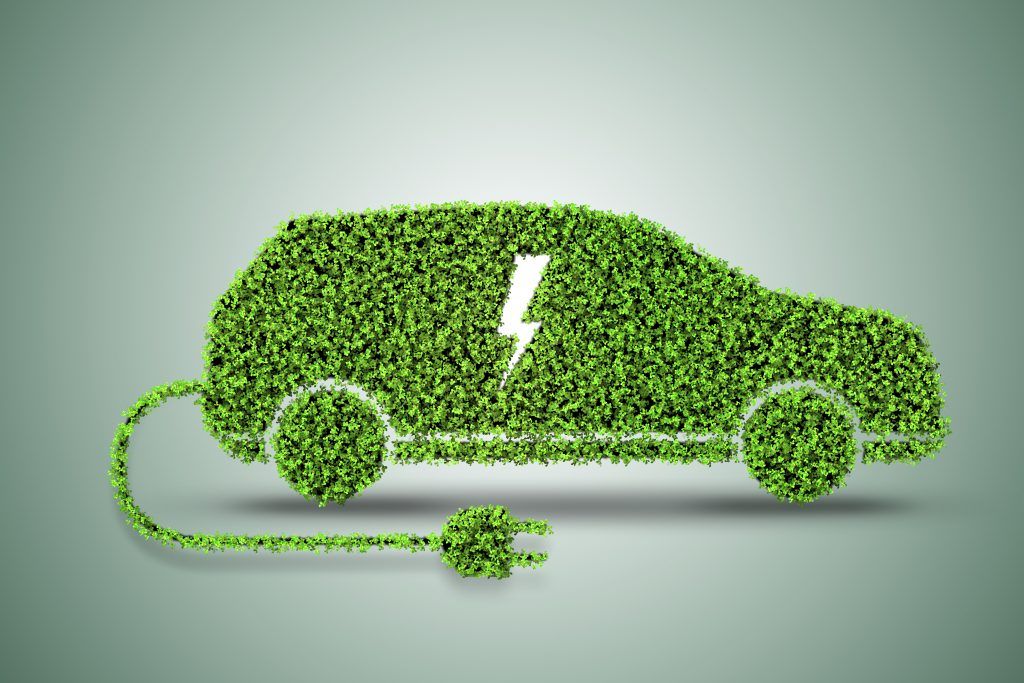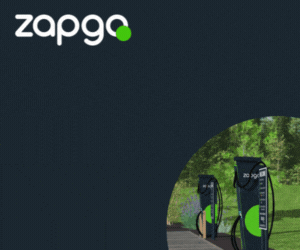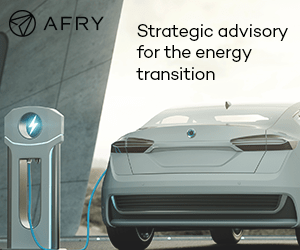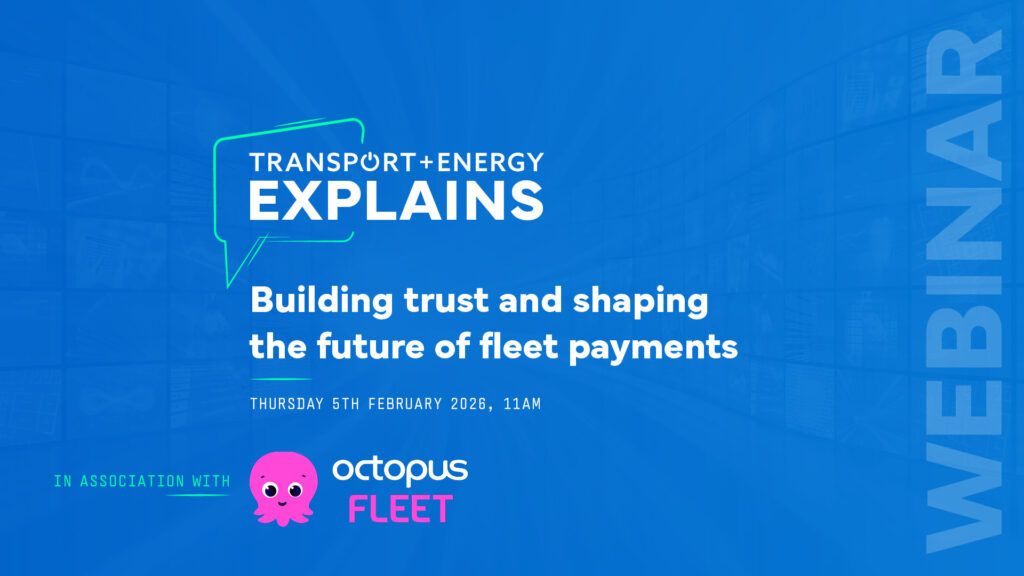Britain will only unlock the benefits of net zero by 2050 in an affordable and secure way if bold action on clean energy is taken now and beyond 2030, a new report by the National Energy System Operator (NESO) has said.
NESO’s first ‘Future Energy Scenarios: Pathways to Net Zero 2025’ (FES 2025) report said more needs to be done to empower households and businesses to switch to low-carbon heating, adopt effective energy efficiency measures and come to view demand flexibility as a normal everyday activity.
It revealed that electricity demand could rise nearly threefold from 290 Terawatt-hour (TWh) today to between 705 and 797 TWh in 2050, becoming the main source of clean energy.
The study also examined the choices facing government, industry and households and considers three net zero pathways with varying levels of electrification, hydrogen, bioenergy and consumer engagement.
The report stated work included:
- building infrastructure for electricity, gas, hydrogen and carbon capture at pace;
- accelerating widespread energy efficiency measures, innovative tariffs and demand flexibility to save money for consumers; and
- incentivising the decarbonisation of industry by switching to low-carbon fuels and carbon capture and storage (CCS).
NESO’s independent analysis predicts annual emissions could halve to around 200 megatonnes of CO2 a year (MtCO2e/yr) during the course of the next decade.
But this will only be possible by accelerating the mainstream use of low-carbon technologies across all sectors of the economy. If the right infrastructure is in place at the right time, then emissions could be cut by as much as three quarters to around 100 MtCO2e/yr by 2040, it said.
Britain is expected to have new energy infrastructure, including wind and solar, that will boost the total amount of power available on the grid threefold by 2050.
This includes between 98 and 328 TWh of hydrogen powering the network by the middle of the century. But the single biggest source of flexibility across supply and demand, providing 51 GW at peak, will come from electric vehicles (EVs) – more than the capacity of gas fired generation today.
Fintan Slye, Chief Executive of NESO, said:
“Over the past year, we have run the electricity system at 95% zero-carbon for the first time and phased out coal entirely from our energy system. But this isn’t enough. We need to go further and faster, accelerating the roll-out of clean energy technologies is imperative to help deliver a clean and affordable energy system in the long-term.
“The choices made today will shape the success of each wave of Britain’s transition. That means speeding up the adoption of energy efficiency measures, empowering households and businesses to make informed choices on things like demand flexibility, purchasing an electric car and switching to low-carbon heating.”
FES 2025 says Britain’s carbon neutral journey has four key waves. With the initial foundation wave having been laid for the transition, Britain is now on the second – accelerating and scaling up the markets up to 2030, for the uptake of new low-carbon technologies to deliver clean power. Only once this succeeds can Britain then enter the third and fourth waves of growth and completion (horizon) to secure net zero by 2050.
It explains that a decarbonised power sector is critical for net zero, with the availability of low-carbon power unlocking routes for other sectors to decarbonise. The three pathways reflect significant increases in heat pump installations, demand flexibility, and EV take-up, and significant growth in low carbon energy sources.
Responding to the FES report, FEN CEO James Earl said:
“Building on a diverse and growing evidence base, NESO’s Future of Energy Scenarios report reinforces how Britain’s gas networks have a crucial role to play in accelerating our journey to Clean Power by 2030 and Net Zero by 2050.
“It is crystal clear that we need to use every tool in the box if we are to meet our ambitious national climate targets, including our world class gas infrastructure.
“In each of its pathways to Net Zero, NESO outlines a clear and rapidly evolving role for green gases, with a particular emphasis on significantly scaling-up biomethane volumes. Embracing gases such as hydrogen and biomethane will enable us to decarbonise quicker while bolstering energy security, driving economic growth and minimising disruption to people’s lives.”
Image from Shutterstock



